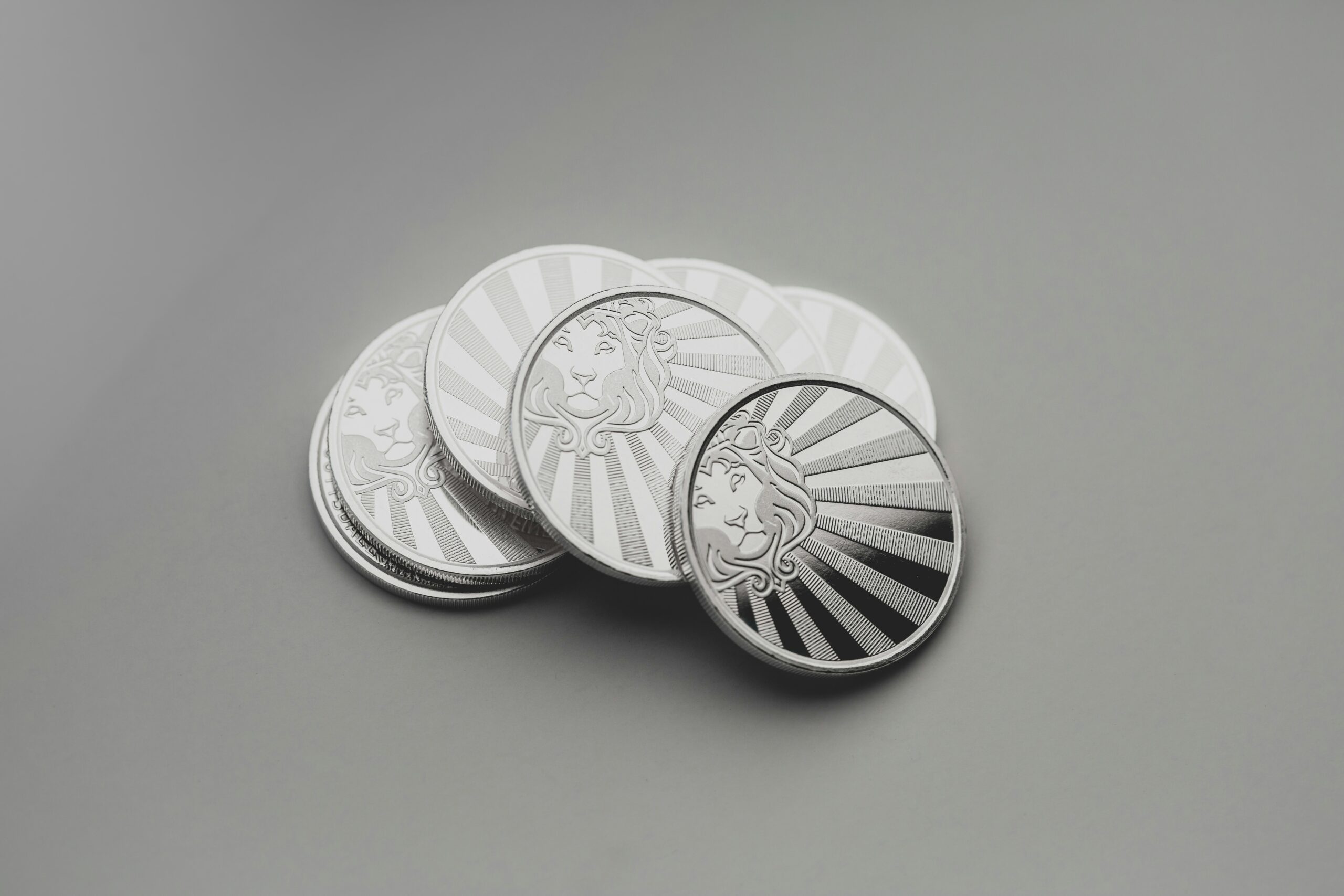Ancient Artz: Art As Part of Human Civilization_Framework It is a language common to mankind irrespective of culture and time. Needless to say, there is no other form of art apart from Ancient Ar. that has intrigued mankind as deeply. Culture in ancient societies has been shown to have a direct reflection on the beliefs and morals of these times, but also other aspects such as social hierarchy, daily routine and interaction with it surrounding both natural and supernatural institutions. Ancient ArtZ secrets explained I Blog.POSTIExplained — Blogs on Post||This blog post is dedicated to Ancient ARTz, Their Forms in the world and how we are using it in modern work.
What is Ancient Artz?
AA Ancient Artz These are the various artforms that were created by the very first civilizations. Usually — whether in pre-historic times or the fall of Rome — these were works which appreciated as elements continued on into the medieval period in some styles. Ancient societies created a myriad of art works, including paintings and sculptures in various materials, ceramics (pottery), architecture and jewelry. Every civilization, from the Egyptians and Greeks to the Mayans and Chinese, created a unique style and artistic traditions that were a mirror image of their religious, social and political lives.
First and foremost, Ancient Artz is really about the entrepreneurship of humans, a narrative on how people have made art to articulate their spirituality, demonstrate control, and explain their immediate surroundings. Everything from the cave paintings of prehistoric people to the ornate stone carvings of the ancient Maya offer valuable glimpses into how human thought, society and technology have been adapted throughout history.
Forms of Ancient Artz: A World of Creativity
There are different types of Artz that come under Ancient Artz which performs its role specific to their themes and requirements. The statues, mosaics, totems and reliefs of any ancient civilization existing today were more than just beautiful works; They had a function, they were symbols and many times they had spiritual content.
1. Cave Paintings: The First Art Forms
The oldest remnants of Ancient Artz can be traced to the caves of those in Europe, Africa and Asia that depict various animal species, hunting activities or symbolic figures. Some of these paintings go back tens of thousands of years, just like those in the caves at Lascaux in France, or Altamira in Spain. They were made with natural pigments like charcoal, ochre by fingers, brushes or even blowing pigment through hollowed bones onto the walls of the cave.
No one is quite sure what they were for, but many think they may have been part of some kind of ritual or spiritual practice—maybe even linked to early humans needing to communicate with the spirit world or cast a successful hunting spell. Whilst they might not have been designed as Ancient Artz, cave paintings are some of the earliest and most amazing examples in existence – demonstrating the sheer talent and ingenuity of our prehistoric kin!
2. Sculpture: A Celebration of Gods and Kings
Sculpture was one more preferred form of Ancient Artz, which can be seen throughout mostly all old worlds. Impressive sculptures were made in Egypt, Greece and Mesopotamia first of all for religious purposes rather than for political intention. For example, Egyptian art consisted of large stylized statues of pharaohs and the gods but served its purpose in accordance with very strict canons that were aimed to serve the dead or guardians of temples and tombs.
Whereas the ancient Greek and Roman sculptures shed light on the beauty and perfection in how an ultra-realistic or perfect idealized human bodies. The Greeks, in particular, were famous for their sculptures of athletes as well as gods and heroes, such as the Discobolus (Discus Thrower) and Venus de Milo. These pieces of art were not only pleasant to the eye but also an ode to the virtues of power, physical adornment and virtue.
3. Pottery and Ceramics: Art in Everyday Life
Pottery — As it was functional as well as decorative, pottery and ceramics are perhaps the most widespread forms of Ancient Artz. Pottery was an important part of daily life for people living in the ancient world, and from the beautifully painted vases of ancient Greece to the mix-and-match ceramics we find around archaeological sites such as Dorset County Museum, there are so many ways to experience ancient ceramic wares. Often purely functional, to contain the bounty of corn, wine and water with which the Greeks built their civilization, they also frequently bore painted images of mythological scenes and of wild and domestic creatures common to life around 500 B.C.
Although Greek pottery is notable for its black- and red-figure designs, which frequently depict gods, warriors, and athletic contests in progress (Fig. 4), it provides an insight into the many civic virtues extolled by the ancient Greeks. At the same time, period works like those from the Four Days of Naples in 1823 (depicted), and ancient Chinese ceramics particularly in the Tang and Song periods came to be noted for elaborate designs and innovative glazes, drawing admiration across both Europe and East Asia.
4. Architecture: The Monumental Legacy of Ancient Civilizations
Some of the most enduring examples of Ancient Artz are the great architectural feats on such an enormous scale that even in this day and age we struggle to understand how without sophisticated tools, these were erected by Prehistoric humans! Ancient monuments ranging from the Pyramids of Giza and Parthenon in Athens to the Great Wall of China, etc. reflect the engineering, building erudition and aesthetics inherited from history. These were often raised in honor of the gods, to commemorate victories in battles or upon for rulers and many a time these larger than life monuments tell us much about the grandeur and ambition of societies.
The Pyramids of Egypt are some of the most easily recognizable and longest-lasting remants of Ancient Artz that show off just how well the Egyptians understood architecture, and their faith in what could be found in the afterlife. Similarly, the Parthenon in Athens is a symbol of ancient Greek architecture at its best with perfect proportions as well as ornate sculptures idealized to demonstrate the Greek ideals regarding beauty, harmony and order.
Cultural Significance of Ancient Artz: A Window into the Past
Study Standpoint: The incredible knowledge we can attain about the cultures, traditions and even daily activities of ancient peoples comes from studying Ancient Artz. So many ancient cultures made art as an integral form of their religion, politics and social connection-building; the second gods showed up = so did representation. Art was utilitarian in nature, used to speak with the gods, honor rulers and record significant events together with rituals.
For example, art in ancient Egypt was closely related to religion. Many gods were portrayed as human beings with the bodies of animals, showing that the Egyptians considered gods to be part human and part animal. More importantly, art was used to help assure a safe passage through the dangers of the afterlife and to provide food and protection for the deceased.
Ancient Artz has a cultural and stylistic importance that continues to be seen centuries later in modern works of art, architecture, and design. OrderBy(Modern creators continue to look up to the forms and motifs of ancient art, while architects use elements of antique style in modern construction)
The Ongoing Influence of Ancient Artz on Modern Art
However, its hallmark in the world of art is still felt and acknowledged. Ancient Artz shows how much work was done to bring it here, even if it was thousands of years ago that it was established. Ancient art has inspired thousands of artists, architects, and designers since the Renaissance, making it an enduring source of artistic inspiration. For instance, during the Renaissance artists like Michelangelo and Leonardo da Vinci gained inspiration from ancient Greek and Roman art in their paintings (proportion and symmetry) and sculptures (anatomy), which reignited classical-values in Western art.
Artists today continue to delve into the themes and motifs of history, often mixing classical forms with modern methods. Its effect is estimated from ancient culture of country through sculptures situated at primitive and sanctuary pyramids to trendy tattoo design, minimal architecture and even in digital art.
Spirals, other geometric elements or mythological figures from antiquity have even made their way into popular culture, as they are being incorporated in fashion, jewelry and video games. It is this connection to the living that reveals an ongoing project within Ancient Artz, a transcendence as alive today as it was in ancient times, revealing how human creativity remains used; passing along creative expression across generations.
Preserving Ancient Artz: Protecting Our Shared Heritage
It is important to protect Ancient Artz so that it would teach the generations to come; The taste and tradition associated with these pieces of great antiques are an irreplaceable cultural inheritance. Natural disasters, war, looting and environmental degration pose a threat to many ancient artifacts and sites. Over the years, steps have been taken to preserve and conserve art too like UNESCO who has an initiative called World Heritage Sites that strives to safeguard crucial culture sites globally.
Modern technology has also been a propellant for safekeeping Ancient Artz. Thanks to digital archiving, 3D scanning, VR, museums and scientists can create detailed digital copies of old artifacts or locations that may otherwise be lost in time making them still available for study and beautiful.
Conclusion: The Enduring Power of Ancient Artz
Ancient Artz is proof of human design and creativity found right from the origin of civilizations. From the cave-paintings of our ancient ancestors to contemporary street art, the concept of creating a physical marking that is both beautiful and meaningful has been a common practice since humanity’s inception. The continued study and conservation of such works allows us not only to illuminate our collective cultural past, but to participate in that rich poetic tradition of the portrayal of the universal and age-old influences on human behaviour — life, death, hopelessness.



